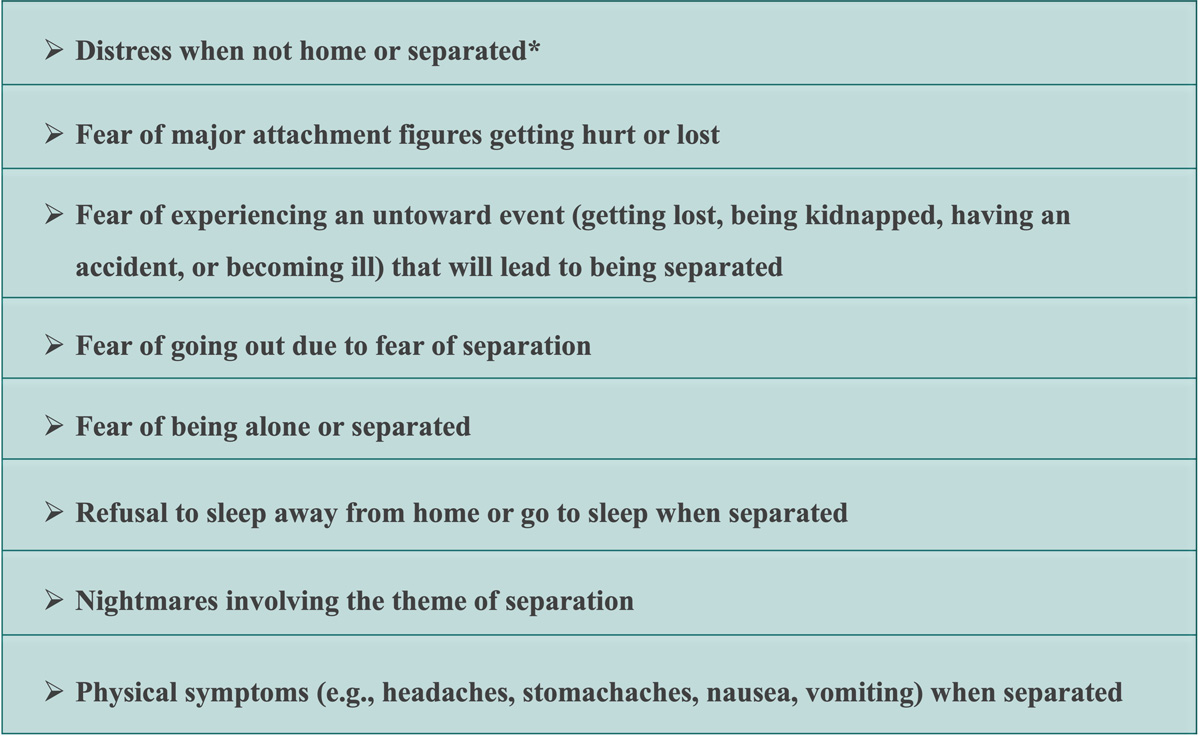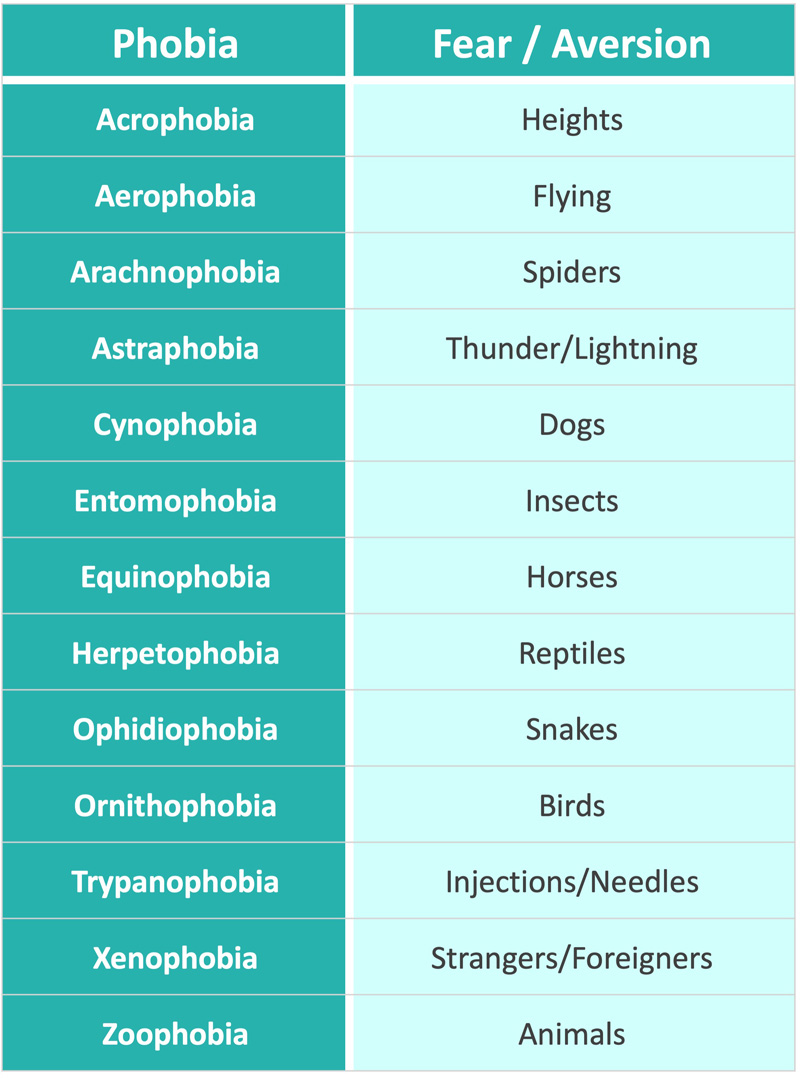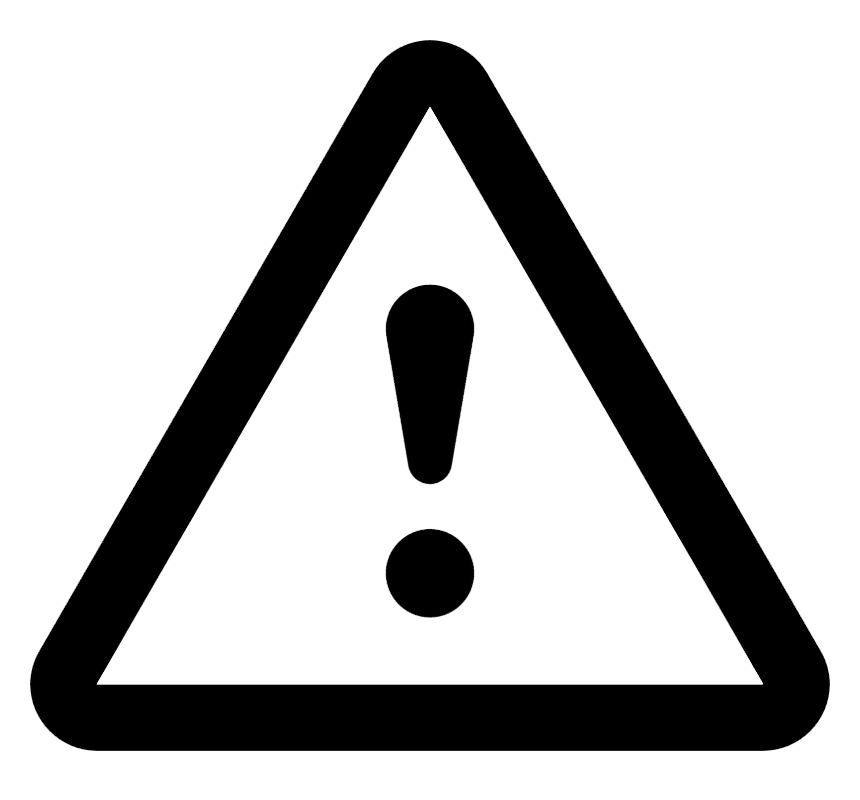Anxiety Disorders
Our Anxiety Disorders Psychiatry Board Review chapter has the high-yield points you need. Anxiety disorders encompass a wide spectrum of conditions, each marked by an exaggerated fear and anxiety response to situations or objects that are perceived as threatening. These disorders are not only prevalent but also represent some of the most frequently encountered psychiatric conditions in clinical practice, affecting individuals across all demographics and age brackets.
For those in the field of psychiatry, a deep understanding of these disorders—including their etiology, clinical presentation, and the latest diagnostic criteria—is indispensable. This knowledge base enables the formulation of effective, evidence-based treatment plans that are tailored to the unique needs of each patient.
This chapter offers a comprehensive exploration of anxiety disorders, tailored specifically for psychology residents as they prepare for critical milestones such as the In-service exam and the ABPN Psychiatry Boards exam. This foundation is essential not only for board exam preparation but also for the development of a competent, compassionate approach to patient care in clinical practice.
Authors: Michael Franklin, MD, and Brian Hanrahan, MD
Separation Anxiety Disorder
- Characterized by excessive fear or anxiety about separating from those to whom the patient is attached.
- Symptoms must last more than 4 weeks in children and adolescents and more than 6 months in adults.
- More often seen in children.
- Risk factors include major life stressors and overbearing parents.
- Treatment: Cognitive behavioral therapy (CBT)
*Symptoms may also be present in anticipation of being separated
Selective Mutism
- Primarily seen in children.
- Most children eventually grow out of symptoms.
- Characterized by failure to initiate speech in select social situations when expected to despite speaking in other situations.
- Patients may use non-verbal communication in social settings instead (pointing, nodding, etc.).
- Symptoms must last at least 1 month and not due to a communication disorder.
- Often associated with other anxiety disorders.
- Treatment: Cognitive behavioral therapy
Specific Phobia
- Severe fear or anxiety about a specific situation or object for at least 6 months.
- Encounters with the object or situation are actively avoided, and the fear related to the object is out of proportion to the threat it poses.
- Can present idiopathically or after a traumatic event (i.e. being bitten by a spider, getting into a car accident).
- Patients often have more than one object or situation they are fearful of.
- Treatment:
- Cognitive behavioral therapy
- Exposure therapy, whether gradual (graded) or flooded, can provide long-term benefits.
- Exposure can be in-person or virtual.
- Benzodiazepines can be rarely used in particular situations (i.e. flying on a plane, a claustrophobic patient getting an MRI).
Social Anxiety Disorder (Social Phobia)
- Fear or anxiety related to social situations such as having a conversation, meeting new people, being observed eating/drinking, or performing in front of others.
- Other possible symptoms include blushing, sweating, upset stomach, and palpitations.
- Performance-only social anxiety disorder is a subtype related only to speaking or performing in public.
- Patients also fear that they will show symptoms of anxiety or be negatively evaluated by others.
- Symptoms must persist for at least 6 months.
- Behavioral inhibition in childhood increases the risk of social anxiety disorder.
- Treatment:
- Cognitive behavioral therapy (first-line)
- Selective serotonin reuptake inhibitors (SSRIs)
- Long-acting benzodiazepines can be considered in patients with no history of substance abuse and failed SSRIs.
- Beta-blockers (propranolol, atenolol) for performance anxiety.
Log in to view the remaining 60-90% of page content!
New here? Choose an account!
1 Month Plan
Full Access Subscription-
Access to all chapters
-
Access to all images and cases
-
Access to all flashcards
-
Access to Full Question Bank
3 Month Plan
Full Access Subscription-
Access to all chapters
-
Access to all images and cases
-
Access to all flashcards
-
Access to Full Question Bank
1 Year Plan
Full Access Subscription-
Access to all chapters
-
Access to all images and cases
-
Access to all flashcards
-
Access to Full Question Bank



